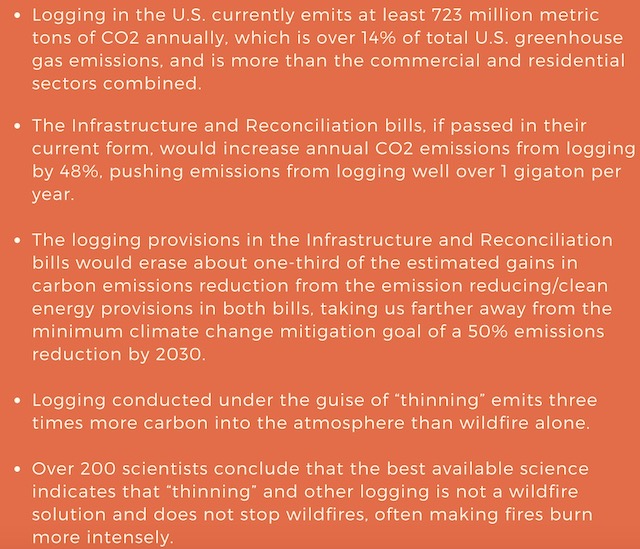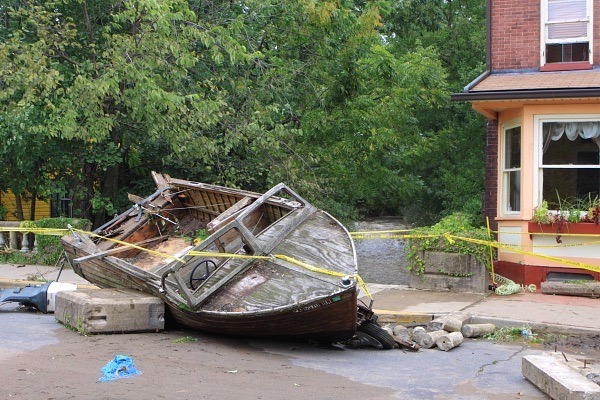Pending Fossil Power Plants & Pipelines Would Wipe Out Any Benefits of Wind & Solar
Statehouse Fast For Moratorium Exposes Elite Charade On Climate Advocacy
[Update – 12/6/18 – State campaign kicked off by 50 more groups – Greens Press NJ Gov. Murphy For Fossil Moratorium ~~ end update]
[Update below]
Some good news:
A handful of NJ climate activists have finally kicked off a statewide campaign that targets all the pending fossil power plants, pipelines and related fossil infrastructure and demands that Gov. Murphy use his power to declare a moratorium on State agency approvals.
The campaign is called #climatefastnj and was rolled out with a pre-Thanksgiving 2 week fast at the Statehouse.
The campaign is the first effort that I am aware of that lists all the pending fossil power plants and pipelines (see “The Problem“), puts climate chaos front and center, calls for a statewide solution (moratorium) and politically targets the Gov.’s Executive powers.
Importantly, the campaign also notes – but fails to quantify – the fact that if the Murphy DEP approves all the pending fossil infrastructure projects, that would wipe out any climate benefits of Gov. Murphy’s highly touted energy and climate policy: 3,500 MW of off shore wind, expansion of solar, and rejoining the Regional Greenhouse Gas Initiative (RGGI).
Accordingly, the Campaign is a serious challenge to Gov. Murphy’s leadership, climate rhetoric, and policy & program commitments (see also this).
BRAVO!
Thankfully, departing from the NJ media’s virtual blackout of NY Gov. Cuomo’s actions to kill proposed pipelines, there was some press coverage, but it tended to focus on the tactic (the fast) and lacked focus on the strategy: i.e. the campaign’s policy demand and strong climate justification for a moratorium. NJTV news covered it, while the Star Ledger (NJ.com) ran two brief stories that focused on the fast tactic, while downplaying the climate and fossil infrastructure policy issues (initially at the kickoff and followed up at the conclusion).
[Where’s NJ Spotlight? see Update below]
Now some very bad news: the campaign did not garner the support of NJ’s largest mainstream “green” groups that are purportedly working on climate change and opposing individual fossil pipelines and power plants, including Rethink NJ; NJ Conservation Foundation, Pinelands Preservation Alliance; NJ League of Conservation Voters; Environment NJ; Clean Water Action; ALS, COA, Sustainable NJ, NJ Future, Surfrider, and Sierra Club.
How could they not support the commitment and personal sacrifice to fast for 2 weeks?
How could they fail to pressure Gov. Murphy for a comprehensive Statewide policy solution to their individual pet projects and government and Foundation funded projects?
So much for solidarity.
Those groups pretend to be climate advocates, but they hide under their desks and give Gov. Murphy a pass. That’s because they put their own selfish organizational pet projects, priorities, and financial interests ahead of the public interest and real solutions to climate chaos – solutions that are feasible, realistic, and match the scale, scope, timing, and magnitude of the climate crisis.
Shame on them.
The moratorium campaign is long overdue.
As I wrote, it should have been organized before the 2017 Gubernatorial campaign, see: Developing A Strategy To Move A Climate And Green Jobs Agenda (September 2016).
In that post, I urged a moratorium on new fossil infrastructure and a phase out of existing fossil, based on a four point strategy:
1. Form A United Front;
2. Focus on Climate and Green Energy Jobs;
3. Target Gubernatorial Candidates and Do It Now!;
4. Ramp Up Tactics – Direct Action, Non-Violent Civil Disobedience
I hate to say I told you so, but I closed that post with this warning:
– the odds of this happening approach zero. The current groups, to be kind, do not work well together and the corporate foundations would never fund the work. So, the thought of even a coordinated campaign, never mind a United Front, is unthinkable right now.
The only way this dysfunction changes is either for the members of these groups or their funders to demand that their professional staff change, or for an alternative bottom up new grassroots organization emerge and bypass the dysfunction.
Way back in 2015, I explained why a moratorium was justified by the climate emergency and how a moratorium could be implemented via a Gov.’s leadership, see: Florio Administration’s Policy on Energy and Environment Still Relevant Today – Climate Emergency Justifies Fossil Moratorium
[NOTE: Curiously, former Gov. Florio is identified on the Rethink NJ website as a “supporter” of their campaign and given a quote. Rethink NJ failed to support the moratorium campaign. That would seem to invite questions from media about Florio’s leadership in integrating energy and environment policy and issuing the Executive Order #8 moratorium on garbage incineration as a model for phasing out fossil infrastructure. Remarkably, Florio has never been asked to respond to that kind of tough question.]
More recently, in July 2018, I again called the “green” elites out for failure to pressure Murphy on climate. I again highlighted former Gov. Florio’s Executive Order #8 moratorium that blocked new garbage incinerators as a model for Gov. Murphy:
Gov. Murphy could issue a similar Executive Order establishing an Emergency Climate Change and Energy Task Force tied to the BPU Energy Master Plan revision process and the DEP Climate mitigation and adaptation planning & regulatory process (including RGGI).
The Order could impose a moratorium on any DEP and BPU approvals of any fossil energy infrastructure approvals, such as the Pinelands, PennEast and Williams pipeline and the recently proposed new gas plant in the Highlands.
Problem solved.
So why aren’t NJ’s environmental groups advocating this aggressive approach?
As I outlined, NJ has a rich history of Governors using their Executive powers to declare moratoria. Current Gov. Murphy should be held to that leadership standard and called out to walk the walk on his climate rhetoric.
I reminded folks that Gov. Christie issued a Moratorium via Executive Order #1 in the first hour of his first day in Office and that Gov. Murphy has yet to repeal that action, which specifically set back NJ DEP’s climate programs:
In contrast to Murphy’s inaction, Gov. Christie hit the ground running and in his first day in office, issued a slew of executive orders to declare a regulatory moratorium (EO#1) and to provide “regulatory relief” (EO#2) and slash red tape (EO#3) and defer to local government (EO#4).
The moratorium killed, among others, the Corzine Administration’s proposed new rules on monitoring and reporting of greenhouse gas emissions.
I urge readers and my friends that are members of NJ’s largest green groups to pressure their Boards and professional staff to support the #climatefastnj moratorium campaign.
[End Note: in addition to a Moratorium, the campaign should include a demand for a timetable for phasing out existing fossil power, similar to California Gov. Brown’s policy.]
[Update: NJ Spotlight is the State’s leading media outlet for reporting on climate and energy issues. Accordingly, one would assume that Spotlight would have reported on a 2 week Trenton Statehouse fast and campaign targeting the Governor to demand a moratorium on fossil infrastructure.
One would be wrong.
That Spotlight failure to cover certain issues is consistent with a disturbing pattern I’ve recently written about, whereby elite Foundations fund media in a way that shapes news coverage, while at the same time funding environmental groups to influence the issues, strategies and tactics those groups pursue (work that is then reported by Spotlight as “news”).
Specifically, the Wm. Penn and Dodge Foundations are major funders of NJ Spotlight.
Those Foundations also fund almost all of the NJ environmental groups that failed to support the #climatefastnj campaign. As I wrote, alluding to Penn and Dodge:
the corporate foundations would never fund the [moratorium campaign] work.
This is not a coincidence, but another glaring example of what author and former New York Times columnist Anand Giridharadas calls the Elite Charade.
NJ’s environmental politics are controlled and driven by an anti-democratic and corporate elite charade. ~~~ end update]

